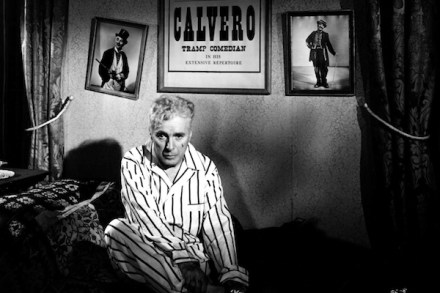Into the limelight
The online accessibility of British population censuses has resulted in an outpouring of ‘who and how we were’, keeping amateur genealogists, local historians and social commentators extremely busy. Barry Anthony’s book relies heavily on the censuses of the late Victorian and Edwardian years, combined with a close reading of the astonishingly detailed stage magazines and







